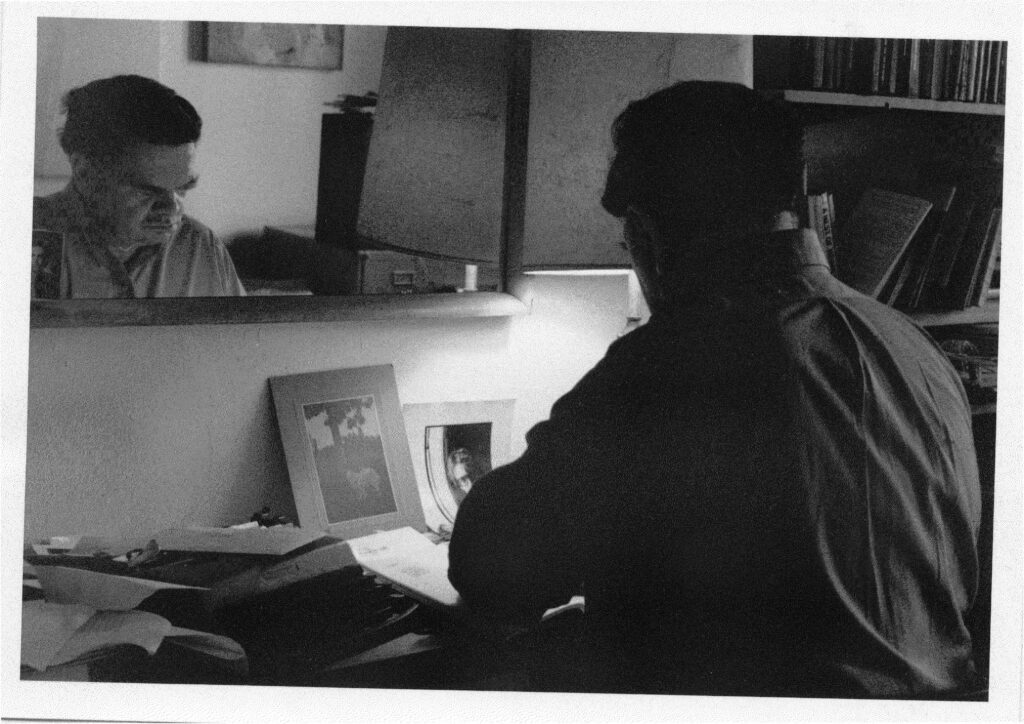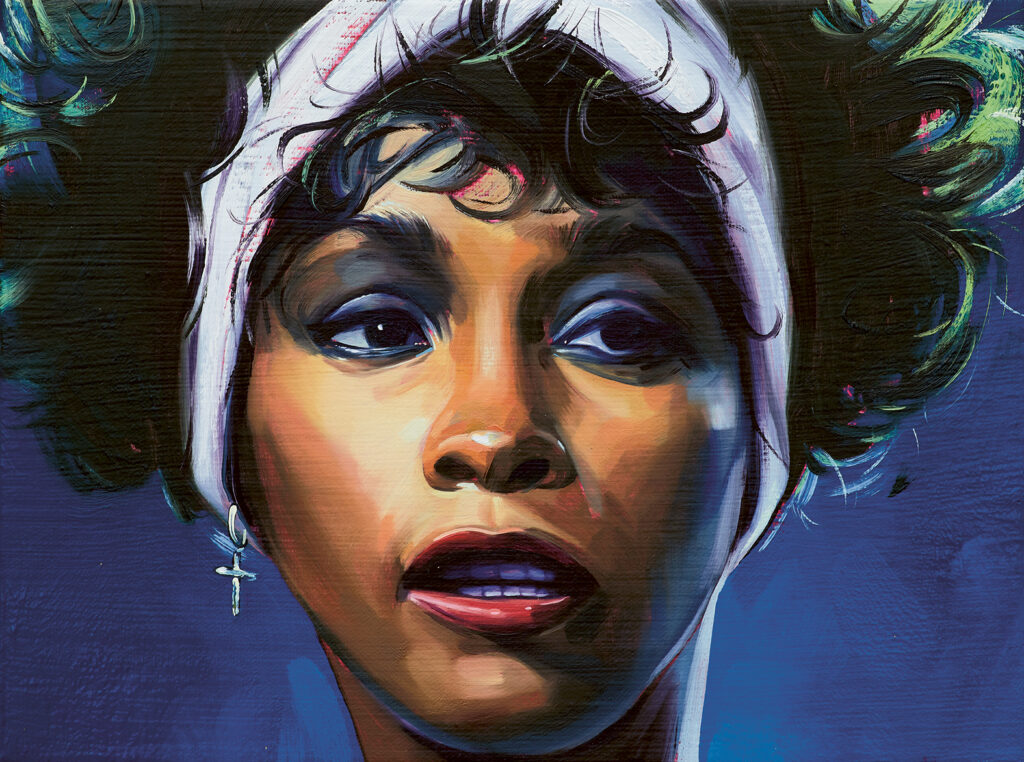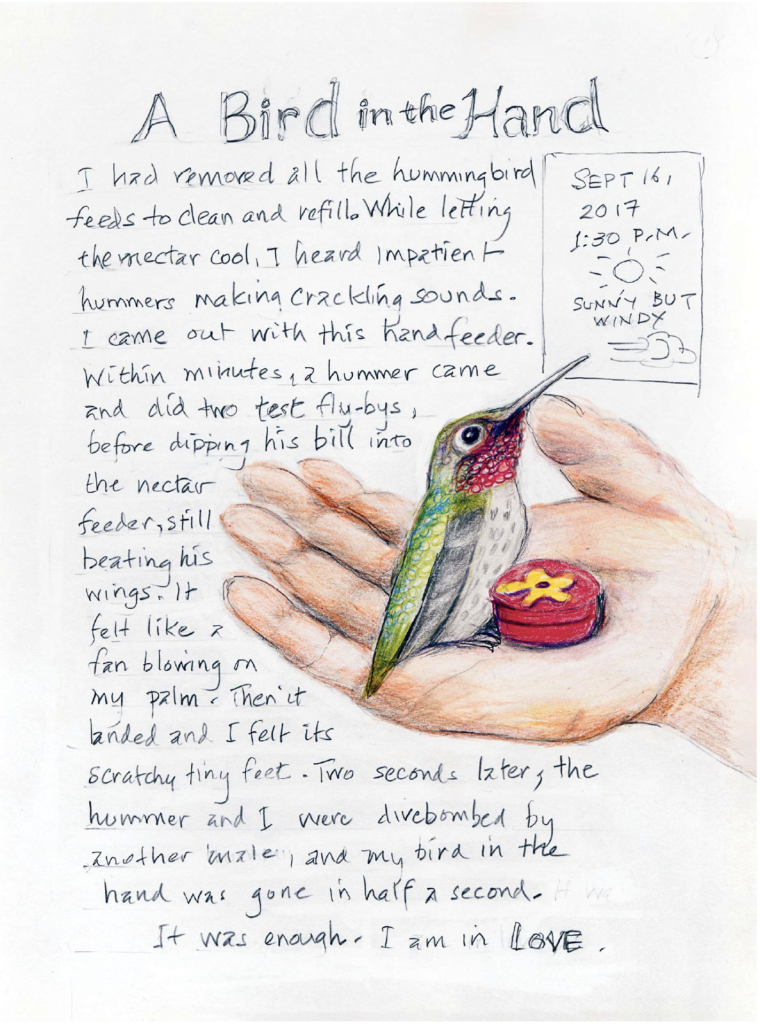The National Book Critics Circle honors excellence in literature and focuses its work on elevating the conversation about books, reading, and criticism nationwide. The group formed in 1974 at New York’s legendary Algonquin Hotel. There are currently 600 members who are editors or literary critics.
Every year, the group honors the best of the prior year’s books published in English with the National Book Critics Circle Award in six categories: Fiction, Nonfiction, Biography, Autobiography, Poetry, and Criticism. The 2024 awards were given this year on March 21.
This year’s winners in each category are:
Fiction: I Am Homeless if This Is Not My Home by Lorrie Moore Nonfiction: We Were Once a Family: A Story of Love, Death, and Child Removal in America by Roxanna Asgarian Biography: Winnie and Nelson: Portrait of a Marriage by Jonny SteinbergAutobiography: How to Say Babylon: A Memoir by Safiya Sinclair Poetry: Phantom Pain Wings by Kim Hyesoon, translated by Don Mee ChoiCriticism: Deadpan: The Aesthetics of Black Inexpression by Tina PostAdditional awards were handed out by the group as well. They included:
The John Leonard Prize for best debut: Waiting to Be Arrested at Night: A Uyghur Poet’s Memoir of China’s Genocide by Tahir Hamut Izgil, translated by Joshua L. FreemanThe Ivan Sandrof Lifetime Achievement Award: Judy BlumeThe Toni Morrison Achievement Award: The American Library Association The Gregg Barrios Book in Translation Prize, which honors both the book’s author and translator: Cold Nights of Childhood by Tezer Özlü and translated by Maureen Freely.You can learn more about the National Book Critics Circle at their website and discover the previous award winners.
Copyright
© Book Riot




















